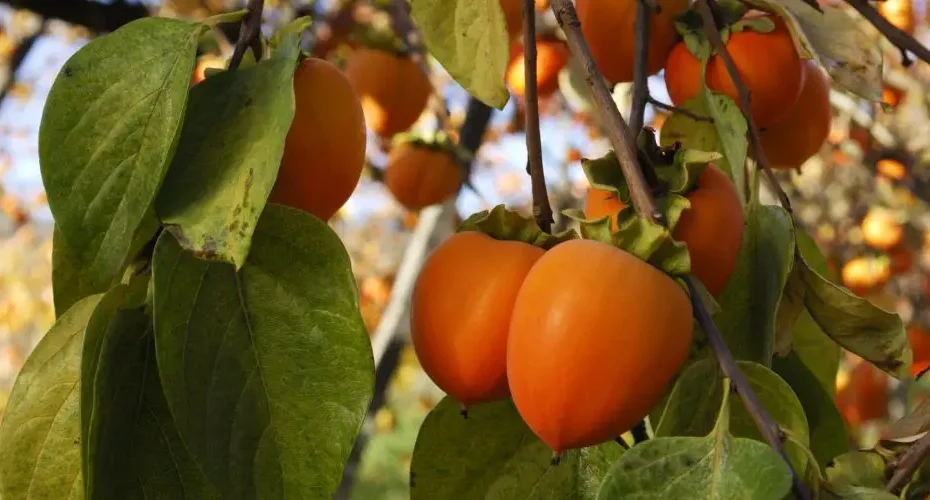With fruits that resemble orange tomatoes, the persimmon is a beautiful fruit tree that can also be grown in pots. Make sure the soil is cool and draining, prune when necessary and replant periodically.
Originally from Asia, specifically from China and Japan, the persimmon produces fruits that at first glance look like large orange tomatoes, but that cling to the branches like apples. They are fruits with juicy and sweet pulp, particularly expected in the fall season.
The persimmon tree grows well in any type of soil and if you wish you can also grow it in pots, but in this case expect reduced development and lower fruit production compared to that of plants grown in full soil. For good plant development, you will have to remember to transplant the plant into increasingly larger pots to ensure enough soil at the roots. Regularly litter and water and protect your tree from widespread and frequent attacks by insects and pests.
Description and varieties
Originally from China, the persimmon tree (Diospyros kaki) belongs to the Ebenaceae family and is considered a subtropical species that is now adapted to the most diverse climates. Even in our country, persimmon is now grown throughout the peninsula, although in the north younger plants are likely to tolerate little moisture from the winter season.
The most common varieties in Italy are the Lotus of Romagna, which produces intense yellow-orange fruits with a soft, sweet and almost gelatinous pulp, and the Vanilla of Campania , with firmer pulp than that of the Lotus and darker in color. Particularly appreciated among apple persimmons are then the Fuyu, Suruga, O’Gosho and Jiro varieties.
When and how to plant it
The best time to transplant the persimmon tree is the fall and winter months, until early spring. To plant a plant, you must first dig a hole with the indicative measurements of 70x70x70 cm. After placing the plant with the collar just off the surface of the soil, cover it with fertilized soil and compact it with your feet gently. Then water the plant for better rooting.
Soil and fertilizer
The ideal soil for growing the persimmon tree should be fertile and draining to avoid the risk of water stagnation . As for fertilizer, the ideal is to add manure or a slow release product.
Irrigation
Persimmon is a fairly rustic species, so it tolerates dry periods well . If the summer is particularly hot, it is better to provide a little more watering.
Multiplication
Persimmon multiplication usually occurs by grafting . What does it mean? It is a multiplication method that consists of joining two portions of different, but still similar, plants to constitute a single individual. In practice, the living part of a plant, called nesto , is welded into another part provided with roots, called rootstock . To give life to the rootstock plants , sowing is usually also done with seeds extracted from the fruits.
Pruning
The first rule for good pruning is to do it in moderation, leaving a generous amount of flower buds on the branches. At the same time, it is necessary to thin branches that are too dense to reduce the early drop of small fruits due to lack of light on the foliage, a condition that can also favor the presence of mealybugs. The advice therefore is to thin the branches towards the end of winter and ensure that those that remain are adequately spaced.
Diseases and pests
Persimmon is subject to various diseases and pest attacks. Baking soda dissolved in water is typically used to stop a fungus known as powdery mildew or white mildew ; To hinder the spread of gray mold , copper green is used. Persimmon can also be affected by an insect called sesia , a moth whose larvae dig tunnels in the bark of the plant: an unmistakable sign of its presence is yellowing, if not even wilting. Another danger is represented by the fruit fly ( Ceratitis capitata ) which can be prevented by never leaving the fruits on the plant after they have ripened. Persimmon can also be affected by scale insects, which are kept away by spraying fern macerates on the plant or treating them with mineral oils.
